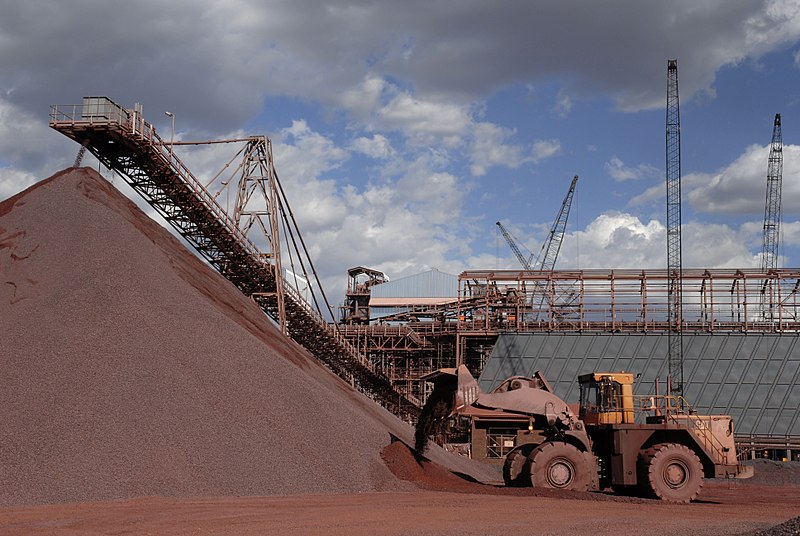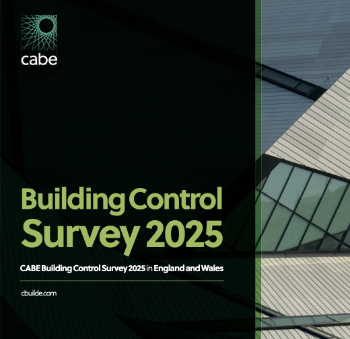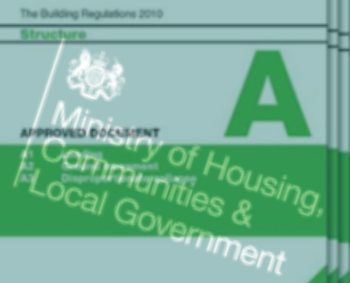Iron ore tailings IOTs
|
A loader works with the iron ore tailings from the Sishen mine expansion project. (Photo attribution: Graeme Williams, Media Club South Africa.) |
Iron ore tailings (IOTs) are a form of solid waste produced during the mining process. IOTs are created through the extraction of the valuable portion of the iron ore from the waste portion. This waste material is sometimes produced in the form of a type of slurry.
IOTs have no commercial value and are typically stored in tailings dams that also contain water and other waste that is produced as a result of the mining process.
IOTs stored in tailing dams may be dangerous due to high levels of chemicals (such as iron oxide) that are thought to be harmful to the environment. IOTs that are not controlled or contained are sometimes carried by wind and water to contaminate other areas.
High volumes of IOTs may create environmental, economic and ecological concerns due to the amount of land occupied and the safety hazards they can produce.
Researchers have been exploring different recycling methods to convert IOTs into useful products that are not environmentally harmful. Some of these products include:
- Bricks.
- Ceramic tiles.
- Concrete aggregates.
- Epoxy and engineered cementitious composites.
- Polypropylene cement.
[edit] Related articles on Designing Buildings Wiki
Featured articles and news
The Buildings of the Malting Industry. Book review.
Conserving places with climate resilience in mind.
Combating burnout.
The 5 elements of seiri, seiton, seiso, seiketsu and shitsuke.
Shading for housing, a design guide
A look back at embedding a new culture of shading.
The Architectural Technology Awards
The AT Awards 2025 are open for entries!
ECA Blueprint for Electrification
The 'mosaic of interconnected challenges' and how to deliver the UK’s Transition to Clean Power.
Grenfell Tower Principal Contractor Award notice
Tower repair and maintenance contractor announced as demolition contractor.
Passivhaus social homes benefit from heat pump service
Sixteen new homes designed and built to achieve Passivhaus constructed in Dumfries & Galloway.
CABE Publishes Results of 2025 Building Control Survey
Concern over lack of understanding of how roles have changed since the introduction of the BSA 2022.
British Architectural Sculpture 1851-1951
A rich heritage of decorative and figurative sculpture. Book review.
A programme to tackle the lack of diversity.
Independent Building Control review panel
Five members of the newly established, Grenfell Tower Inquiry recommended, panel appointed.
Welsh Recharging Electrical Skills Charter progresses
ECA progressing on the ‘asks’ of the Recharging Electrical Skills Charter at the Senedd in Wales.





















